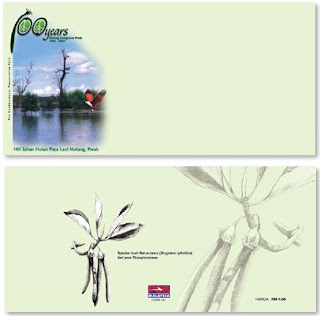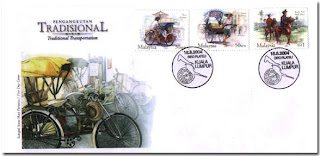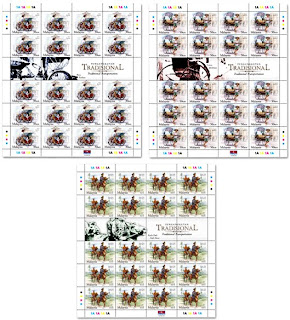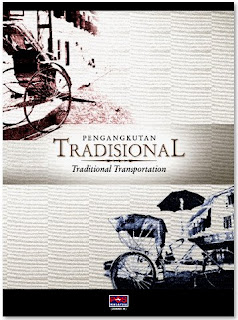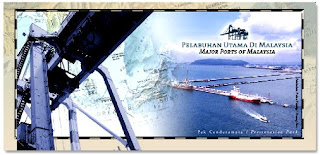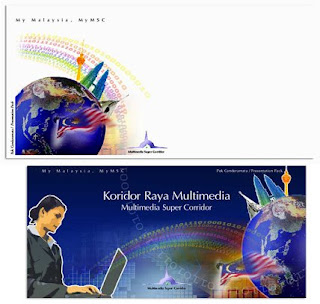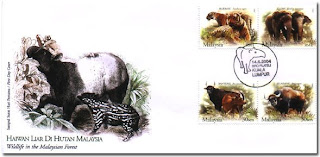 Tongkat Ali (Eurycoma longifolia)
Tongkat Ali (Eurycoma longifolia)Tongkat Ali inhibits the under storey of lowland forest. It is a small tree or treelet growing to a height of 10 meters. The main stem grows upright with or without only one or two branches. At each end of the stem or branch, the leaves are arranged to form a rosette or umbrella-like canopy. The leaves are odd-pinnate compound, consisting of 20-30 pairs of leaflets with one terminal leaflet. They are dark green and shiny. The flowers are small, dark red, arranged in long panicles which arise from the leaf axils. The fruits are drupe, yellowish brown in color.
 Kacip Fatimah (Labisia pumila)
Kacip Fatimah (Labisia pumila)Kicap Fatimah thrives in shady places, normally as undergrowth in the forest. It is a herbaceous shrub with creeping rhizome. The leaves are elliptic-lanceolate in shape, the base is alternate. The petioles are relatively short and slight flattened. The surface of the leaves are shiny, dark green and lighter green at the margin. The stems are erect, dark brown with distinct scars of faller leaves. The nodes of the stem are capable of rooting. The flowers are borne on racemes, about 6cm in length arise from leaf axils. The fruits are berry, globose, red in color.
Kicap Fatimah is one of the most popular and potent ingredient in traditional herbal 'jamu' for afterbirth care. A decoction of the plant is used to expedite labor and as a protective medicines after childbirth. It is also used for treating gonorrhea, dysmenorrheal, rheumatism, dysentery and flatulence.
Buah Keras (Alleurites moluccana)
Buah Keras of candlenut is native to Malaysia but now is distributed throughout the tropics. It is a medium or large sized tree. The leaves are tomentose. They are oval in shape but sometimes with shallow lobes. They have long petiole, 5-15 cm with two glands at the base. The flowers are small, about 1 cm in diameter, white and in large terminal cymes up to 20 cm long. The fruits are 2-5 cm in diameter, green and fleshy, and are 1-2 seeded.
The fruits are dried and used in cooking as seasoning. The pulped kernel enters into poultices for headache, fevers, ulcers and swollen joints. The bark is used for dysentery and the juice mixed with coconut milk is used to cure sprue. The leaves are used for headache and gonorrhea.
 Kerdas (Pithecellobium bubalinumbenth)
Kerdas (Pithecellobium bubalinumbenth)Kerdas is found in Peninsular Malaysia and Sumatra mostly wild in the forest. The tree is of medium size reaching 15 meters in height. The canopy is round, bushy and compact. The leaves are compound consisting of 2-3 pairs of leaflet. The leaflets are lanceolate and asymmetry. The matured leaves are green and glossy while the young shoot is purple.
The panicle is borne either at the terminal shoot or at the leaf axil. The pod is straight and slightly curved, green when young but turning reddish brown at maturity. The young seeds are green and shiny turning reddish brown and then almost black when fully ripe. The seeds are eaten raw as 'ulam' normally with rice and 'sambal'. They are crispy and tasty. The young shoot is also edible and can be eaten raw. The seeds and shoot are known for their diuretic and purgative effects.
 Mas Cotek
Mas CotekMas Cotek is a wild plant which can be found in Kelantan, Pahang and Terengganu. It grows well in the forest near the beach but can also trive in the hilly areas up to 700 meters from sea level.
It is a shrub that grows to a height of 2 meters, but can also grow as epiplyte on other plants. The leaves are thick, deltoid in shape and rounded at the apex but tapering at the base. There are black, rusty or golden spots (therefore 'mas cotek') on the upper and lower sides of the leaves but are more pronounced below. The main vein has three branches and there are distinct spots at the base of the branches on the lower surface of the leaves. Flowers and fruits are borne at the leaf-axils, singly or in pairs.
Mas Cotekis used traditionally to cure lung disease. It is also a well known herb for women after childbirth.
 Technical Details
Technical DetailsDate of Issue : 11-Dec-2004
Stamp Value : 30 Sen; 50 Sen; RM1 (2 Designs)
Stamp Size : 40mm X 30mm
Perforation : 14
Sheet Content : 20 Stamps
Miniature Sheet Denomination : RM2.00
Miniature Sheet Size : 100mm X 70mm
Stamp Size in Miniature Sheet : 40mm X 30mm
 Paper : Watermarked,Phosphor Coated
Paper : Watermarked,Phosphor CoatedPrinting Process : Lithography
Printer : Secura Security Printing Sdn. Bhd.
Stamp Designer : Warna Ilham
First Day Cover Value : 30 Sen
Presentation Pack Value : RM 4.50
Folder Value : RM 5.00











